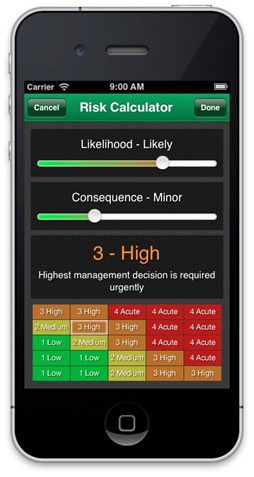Near miss events, or “close calls”, are important opportunities to review safety and work processes. In fact they can be the best opportunities as the participants and witnesses are still alive and can provide detailed information on the mistakes, breakages or oversights. But rarely are companies prosecuted for near misses.
In Western Australia, a company has been found guilty of breaching its duty of care after two of its workers were lost for almost a whole day, and was fined over $A50,000, the highest fine of this type. The near miss is almost comical and at least one newspaper has described it as a “comedy of errors“, except that it could easily have resulted in tragedy. WorkSafeWA’s (long) media release, provides the details:
“MAXNetwork was contracted to the Department of Education, Employment and Workplace Relations to consult with disadvantaged job seekers, in this case through their office in Kalgoorlie.
A number of employment consultants work at the Kalgoorlie office, and they regularly travel to remote areas – some accessible only by dirt roads and narrow tracks – to work with job seekers.
In December 2009, two of the company’s Kalgoorlie area employment consultants were instructed to do an “outreach visit” to the remote community of Tjuntjuntjara, around 600km north-east of Kalgoorlie in the Great Victoria Desert.
The two consultants departed Kalgoorlie in a Toyota Prado leased by MAXNetwork at around 6.00am on a journey estimated to take nine to ten hours on a road with no signs that was a narrow track in some places.
The women were not provided with a map, GPS or any other navigational aid, and consequently they became lost. They had received no training or instruction on travelling in remote areas, and so did not know what to do in the event of becoming lost.
The satellite telephone provided to the consultants did not work, and management was aware of this prior to the trip. In addition, there was no schedule for regular contact with workers in remote locations so no-one realised the women were overdue. Continue reading “Extraordinary duty of care prosecution over a near miss”



